Corn noodles, known as 碴条 in some regions, are a beloved staple in many cuisines, particularly in Northeastern China and parts of East Asia. These golden, slightly chewy noodles made from cornmeal or a blend of corn and other gluten-free flours offer a unique texture and earthy flavor that sets them apart from wheat-based noodles. While seemingly simple, achieving the perfect balance of tenderness, elasticity, and flavor in corn noodles requires precision, patience, and a deep understanding of the ingredients involved. This article will explore the history, science, and techniques behind cooking corn noodles to perfection, ensuring every bite is a celebration of tradition and innovation.
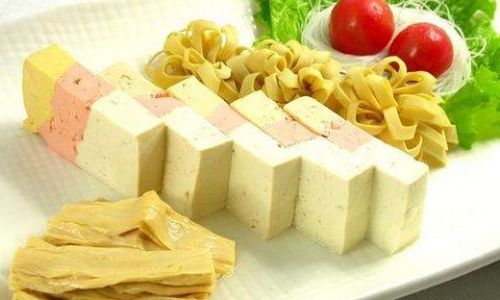
The Origins and Cultural Significance of Corn Noodles
Corn noodles trace their roots to agricultural societies where corn was a primary crop. In regions with harsh winters or limited access to wheat, communities adapted by grinding corn into meal and transforming it into versatile dishes. In China’s Liaoning and Jilin provinces, for example, corn noodles—locally called suan tang zi (sour soup noodles)—are a winter staple, often served in a tangy broth infused with fermented vegetables. Similarly, in Korean cuisine, makguksu (corn noodles) are enjoyed cold with a spicy-sweet sauce during summer.
The appeal of corn noodles lies in their humility and adaptability. Unlike delicate wheat noodles, corn noodles have a robust, almost rustic character. They absorb sauces and broths without disintegrating, making them ideal for hearty stews, stir-fries, or chilled salads. Their gluten-free nature also makes them a favorite among those with dietary restrictions, yet their flavor profile is rich enough to satisfy even the most discerning palates.
Selecting the Right Ingredients
The foundation of great corn noodles begins with quality ingredients. While cornmeal is the star, blending it with other flours can enhance texture and elasticity. Here’s a breakdown of key components:
- Cornmeal: Opt for coarse-ground yellow cornmeal for a deeper flavor and texture. Avoid instant or finely milled varieties, as they lack the grit needed for authentic chewiness.
- Gluten-Free Flour Blends: For improved elasticity, mix cornmeal with tapioca starch, potato starch, or rice flour. A ratio of 3:1 (cornmeal to starch) often yields the best results.
- Liquid: Warm water is standard, but vegetable broth or milk (dairy or plant-based) can add richness. The liquid-to-dry ratio typically ranges from 1:1 to 1.2:1, depending on humidity and flour absorbency.
- Additives: A pinch of baking soda can soften the cornmeal’s coarseness, while xanthan gum (if using store-bought gluten-free flour) improves elasticity.
The Dough-Making Process: Precision Meets Intuition
Creating the perfect corn noodle dough is a dance between science and art. Follow these steps for optimal results:
- Combine Dry Ingredients: In a large bowl, whisk together 2 cups cornmeal, ½ cup tapioca starch, 1 tsp baking soda, and 1 tsp salt.
- Hydrate Gradually: Slowly pour 1.5 cups of warm liquid (water or broth) into the dry mix, stirring with a wooden spoon until a shaggy dough forms. Avoid overhydrating, as this can lead to sticky, unmanageable dough.
- Knead with Care: Transfer the dough to a lightly floured surface and knead for 5–7 minutes. Unlike wheat dough, corn dough won’t become smooth; instead, aim for a cohesive, slightly tacky texture.
- Resting Period: Wrap the dough in plastic wrap and let it rest for 30–45 minutes. This allows the starches to hydrate fully, improving elasticity.
Shaping and Cutting Techniques
Corn noodles can be shaped by hand, extruded, or rolled and cut. Each method impacts the final texture:
- Hand-Pulled Noodles: For advanced cooks, stretching the dough into long strands requires practice. The dough must be supple but firm—too wet, and it will tear; too dry, and it will crack.
- Roller and Cutter: Roll the dough into a ¼-inch thick sheet, then cut into strips using a sharp knife or pizza cutter. This method ensures uniform thickness, critical for even cooking.
- Extruder: A pasta maker attachment or dedicated corn noodle extruder can produce consistent shapes. Ensure the dough is at room temperature to prevent clogging.
Cooking Methods: Boiling, Frying, and Beyond
The cooking method dramatically influences the noodle’s texture and flavor. Here are three primary techniques:
Boiling for Softness
- Bring a Pot of Water to a Rolling Boil: Salt the water generously (2–3 tbsp per gallon) to season the noodles.
- Cook in Batches: Add noodles gently to prevent sticking. Stir occasionally.
- Test for Doneness: Fresh corn noodles cook in 3–5 minutes; dried ones take 6–8. The noodles are ready when they float and have a slight bounce when pressed.
- Rinse with Cold Water: Immediately drain and rinse under cold water to halt cooking and remove excess starch. This step is crucial for preventing clumping.
Stir-Frying for Crispy Edges
- Parboil First: Boil noodles for 2 minutes, then drain and toss with oil to prevent sticking.
- High-Heat Sear: Heat a wok or skillet over high heat. Add 2 tbsp oil, then noodles. Press into a thin layer and let fry undisturbed for 2–3 minutes until golden. Flip and repeat.
- Add Aromatics: Toss with sautéed garlic, ginger, and vegetables. Finish with soy sauce or a gluten-free alternative.
Simmering in Broth for Depth
- Prepare a Flavorful Broth: Use bone broth, mushroom stock, or tomato-based liquids.
- Add Noodles Gently: Simmer noodles in broth for 5–7 minutes until tender but not mushy.
- Garnish Liberally: Top with herbs, chili oil, or soft-boiled eggs for a complete meal.
Mastering Sauces and Accompaniments
Corn noodles’ mild flavor makes them a canvas for bold sauces and toppings. Experiment with these combinations:
- Spicy Sichuan-Style: Toss noodles with chili bean paste, sesame oil, minced pork, and chopped peanuts.
- Herbaceous Pesto: Blend basil, cilantro, garlic, olive oil, and nutritional yeast for a vegan-friendly sauce.
- Creamy Avocado: Mash avocado with lime juice, salt, and diced tomatoes for a refreshing cold noodle dish.
For a traditional touch, serve corn noodles in a tangy soup made from fermented soybean paste (doubanjiang), pickled mustard greens, and sliced pork. The broth’s acidity cuts through the noodles’ richness, creating a harmonious bite.
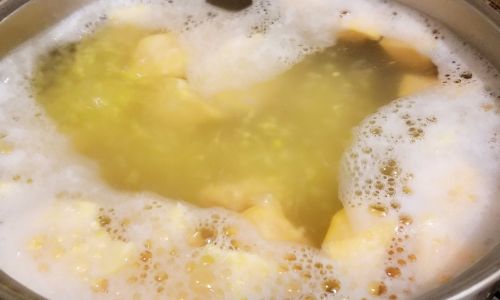
Troubleshooting Common Issues
Even seasoned cooks encounter challenges. Here’s how to fix them:
- Mushy Noodles: Overcooking is the primary culprit. Reduce cooking time by 1–2 minutes and ensure the water is at a rolling boil.
- Gummy Texture: Insufficient kneading or excess starch. Rinse noodles thoroughly after boiling and toss with a neutral oil.
- Dry, Crumbly Dough: Add liquid 1 tbsp at a time until the dough becomes cohesive. Let it rest longer to allow gluten-free starches to hydrate.
- Lack of Flavor: Corn noodles benefit from aggressive seasoning. Add aromatics to the cooking water or finish with umami-rich ingredients like mushrooms or seaweed.
Innovative Twists on Classic Recipes
Modern chefs and home cooks are reimagining corn noodles in surprising ways:
- Colorful Noodles: Infuse dough with beet juice (pink), spinach puree (green), or activated charcoal (black) for visually stunning dishes.
- Stuffed Noodles: Encase fillings like cheese, mushrooms, or seasoned tofu within thin corn noodle sheets.
- Noodle Cakes: Press cooked noodles into a pan and pan-fry until crispy. Serve with dipping sauces or as a base for stir-fries.
The Science Behind Corn Noodles
Understanding the chemistry of cornmeal can elevate your cooking:
- Starch Gelatinization: When heated, corn starch granules absorb water and swell, creating a gel-like texture. Proper boiling ensures even gelatinization without breaking down the noodles.
- pH Balance: Baking soda raises the dough’s pH, weakening starch bonds and resulting in softer noodles. Too much, however, can cause a soapy aftertaste.
- Gluten-Free Challenges: Unlike wheat, corn lacks gluten proteins. Starches and gums must compensate for structure, making hydration and kneading techniques critical.
Preserving and Reheating
Corn noodles store well but require special handling:
- Drying: Spread fresh noodles on a baking sheet and dry at 150°F (65°C) for 4–6 hours. Store in an airtight container for up to a month.
- Freezing: Toss cooked noodles with oil, portion into freezer bags, and freeze for up to three months. Thaw in the refrigerator before reheating.
- Reheating: Simmer frozen noodles in boiling water for 1–2 minutes. Avoid microwaving, as it can make them gummy.
Cultural Preservation and Modern Adaptation
As globalization spreads, corn noodles are evolving beyond their traditional roots. Chefs in fusion restaurants pair them with ingredients like truffle oil, lobster, or wasabi, while food bloggers experiment with vegan cheese sauces or turmeric-infused broths. Yet, the essence of corn noodles remains tied to their agricultural heritage—a humble food transformed through creativity and care.
Conclusion: The Joy of Corn Noodles
Cooking corn noodles to perfection is a rewarding endeavor that bridges tradition and innovation. By mastering the nuances of dough preparation, cooking techniques, and flavor pairing, you can transform this simple ingredient into a dish that delights the senses and honors centuries of culinary wisdom. Whether served in a steaming bowl of broth or tossed in a fiery stir-fry, corn noodles remind us that even the most unassuming ingredients can achieve greatness with the right touch. So roll up your sleeves, embrace the process, and savor the golden, chewy perfection of a well-made corn noodle dish. Your taste buds—and your inner chef—will thank you.

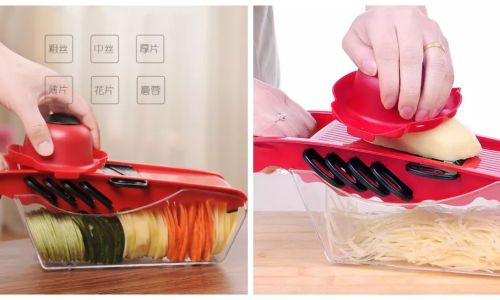

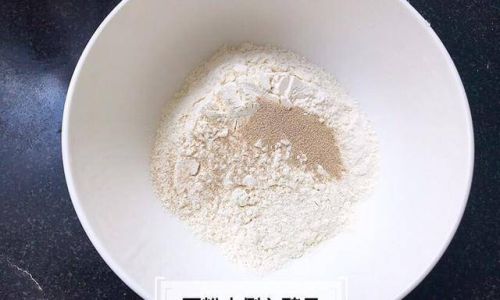
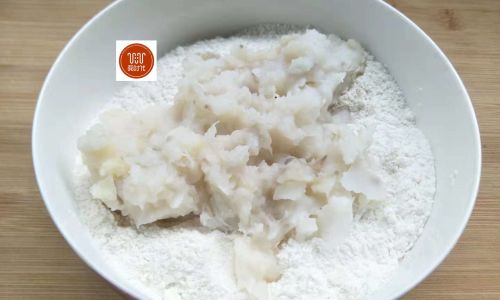
0 comments